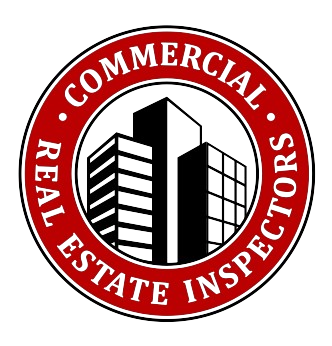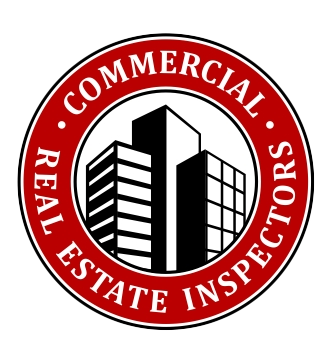Over the years we have found that one of the most important questions in a commercial or multi-family building inspection is “how well does the heating and cooling system work?” Will it be up to the task during the hot days? How can I find out if it is going to meet our needs? Who do we call if it doesn’t? What sort of maintenance should I do and how much does it cost to keep it properly maintained? If it is at the end of its expected useful life what would a new one cost? Should I hire a company to do regular maintenance?

HVAC Systems
This system is often referred to as the HVAC system, short for Heating, Venting and Air-conditioning. Here are some of my thoughts on the subject.
What Is It?
The HVAC system, in any commercial building, is the one system out of all the major systems, namely: electrical, plumbing, HVAC, roofing, and structure, that requires the most maintenance. This is because it is the one system with numerous moving parts. All the other systems either work or they don’t for the most part. They either keep the water out, the lights work, the toilet flushes or it doesn’t. With the HVAC it might work but, not well enough. It might come on but it doesn’t cool off the back office. It heats up but not very fast. Or it just doesn’t come on at all.
The Lifespan of an HVAC System
With the exception of the roofing, the HVAC system is also the one system that has the shortest expected life of all the systems. Both systems, the HVAC system, and the roofing system have typical expected useful lives of approximately 15 – 20 years depending on the type and style along with how well they are maintained for commercial applications.
The most extreme example I have seen of an HVAC system going well past its expected useful life was in a downtown Los Angeles office building that was built in 1953. It still had the original system functioning, and functioning well I might add, in 2008!! That is 55 years for a system with an expected useful life of far less than half of that. I know they used to build them better but this was amazing in anyone’s book! I soon found out why it lasted so long. I had been called out to do an evaluation on this 173,000 sq. ft. building to determine if it needed to be torn down or if it could be saved and renovated. To get a feel for the building I was getting a tour by the only maintenance technician. (A building this size usually has at the very least two, if not three, full time maintenance personnel.) He was from Greece and took great pride in his building. He knew it from top to bottom. While we are walking I noticed him glance over at a pressure gauge system on one of the heating units and very quickly reach down and adjust a couple of valves. He then proceeded to keep walking and I asked him what he had just done. He told me when that one gauge gets over a certain amount he needed to make an adjustment so that it wouldn’t overheat. I was amazed. You have to realize this thing looked like something out of a Rube Goldberg drawing. Piping, and valves and dials and gauges and wires and all sorts of mechanical “stuff” all over the place the size of a large living room two stories tall with “rooms” off to the side for other mechanical “things” that this type of system does. The whole point here is that nobody but this maintenance guy knew how to keep the whole system functioning properly. This building is over 170,000 sq. ft! A system to handle this size is a minimum of $500,000 to replace!! It could easily go twice that. He also showed me how, by adjusting a couple of valves, he had saved the building over $6,000/month!
What this illustrates is the vital importance of proper maintenance. Unfortunately, this type of hands-on maintenance is almost unheard of in this day and age. This is one of the reasons that systems only have a 15 – 20 year expected life in them. He mentioned to me that some of his buddies, who keep other older buildings going in Los Angeles, all have HVAC systems over 40 years old and laugh when told they need replacement due to age. They know better.
Procedure write-ups and maintenance logbooks are two of the most needed and neglected aspects for maintaining any building. Things like: clean out the roof drain every fall before the rains so it doesn’t overflow into the bookkeeper’s office, etc. Every building has a few of these really important maintenance actions that if done will save all sorts of time, money and aggravation.
On the flip side, our company just did an inspection on a brand new building over 300,000 sq. ft. in Los Angeles. It has an HVAC system that was “fully” automated with remote sensors and a remote monitoring system to make repairs or shut down the system automatically if there was danger of causing damage. All this system needed was a phone line connection. It was amazing. We brought in a specialist in not only this type of sophisticated state of the art HVAC system but very savvy with computers and this particular soft ware so he could demonstrate that the system really could be operated from a remote computer and the remote system could properly monitor all aspects of the entire HVAC system and make adjustments as called for. The procedure manual for the proper maintenance and operation for this place was a large book by the way! This system called for at least a 16 hour instruction course in how to operate it at the building. (Automatic, yea right!) The pressure levels at the pumps need to be___ and the water treatment systems needs___ so that you don’t have to replace a $50,000 part and it needs to be looked at every week, at least, and on and on and on.
Most of the HVAC systems manufacturers have tried to minimize the maintenance needed. However, every system still requires maintenance on a regular basis. If kept up the system will last usually well past its expected useful life.


